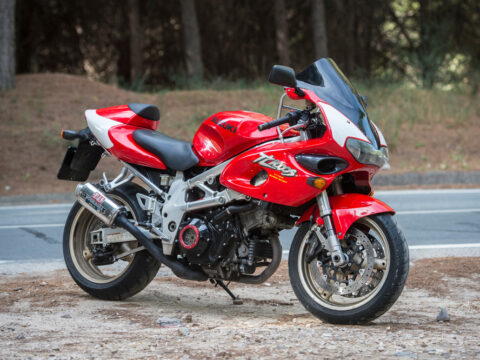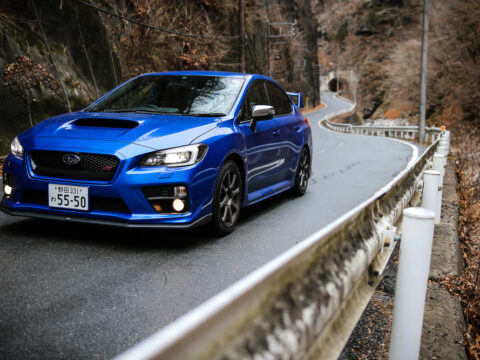Minivans have long been the go-to choice for families seeking space, comfort, and practicality on the road. Over the years, certain models have stood out for their innovative designs and features that made family travel easier and more enjoyable. From groundbreaking safety advancements to clever interior layouts, these iconic minivans transformed the way families travel. Here are 17 designs that left a lasting impact.
Contents
Chrysler Town & Country (1989)

The Chrysler Town & Country redefined family travel with its luxurious features and innovative design. Introduced in 1989, it was one of the first minivans to offer leather seats and power sliding doors, adding a touch of elegance to family-friendly vehicles. The interior was spacious, making it ideal for long trips with kids or large groups. Additionally, Chrysler’s introduction of the Stow ‘n Go seating system allowed for easy seat folding and storage, which revolutionized how families used their space.
Dodge Caravan (1984)
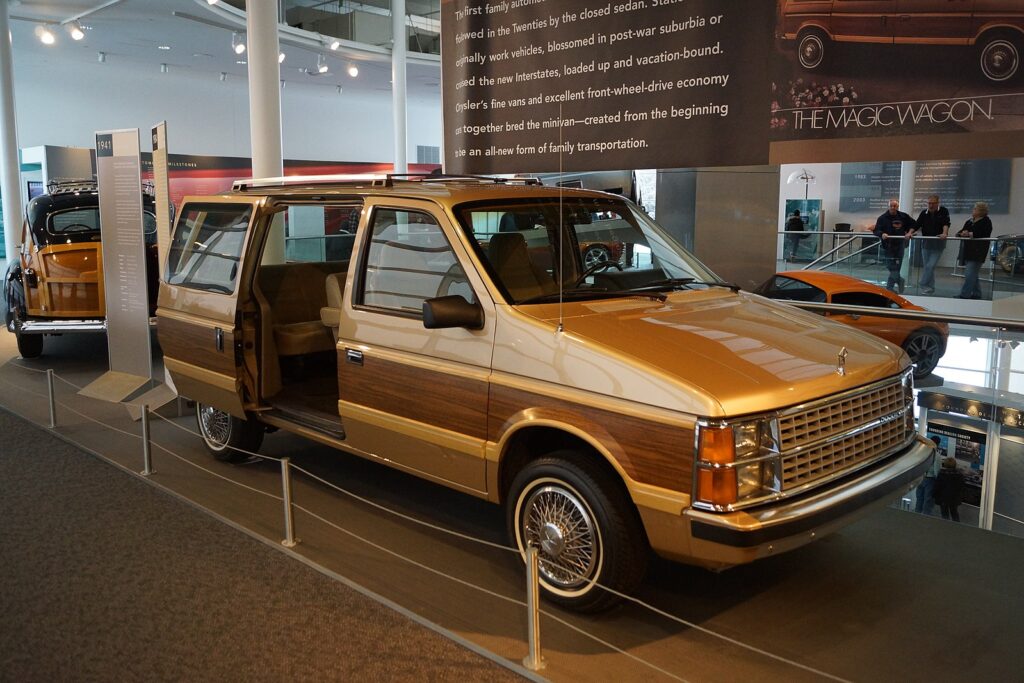
When the Dodge Caravan debuted in 1984, it essentially created the modern minivan category. The Caravan’s compact design made it easier to drive than larger vans, appealing to families who needed more space without compromising on maneuverability. Its sliding doors and low step-in height were practical features that set it apart from traditional vehicles. Over the years, the Caravan introduced even more innovations like Stow ‘n Go seating, which provided unmatched flexibility.
Honda Odyssey (1995)

Known for its reliability and clever design, the Honda Odyssey became a staple in family transportation. Released in 1995, it introduced the game-changing third-row Magic Seat, which could fold flat into the floor, maximizing cargo space. Honda continued to innovate with later models, adding sliding doors and improved safety features. Families loved its smooth ride, comfortable seating, and tech-friendly features such as an in-car entertainment system.
Ford Windstar (1995)
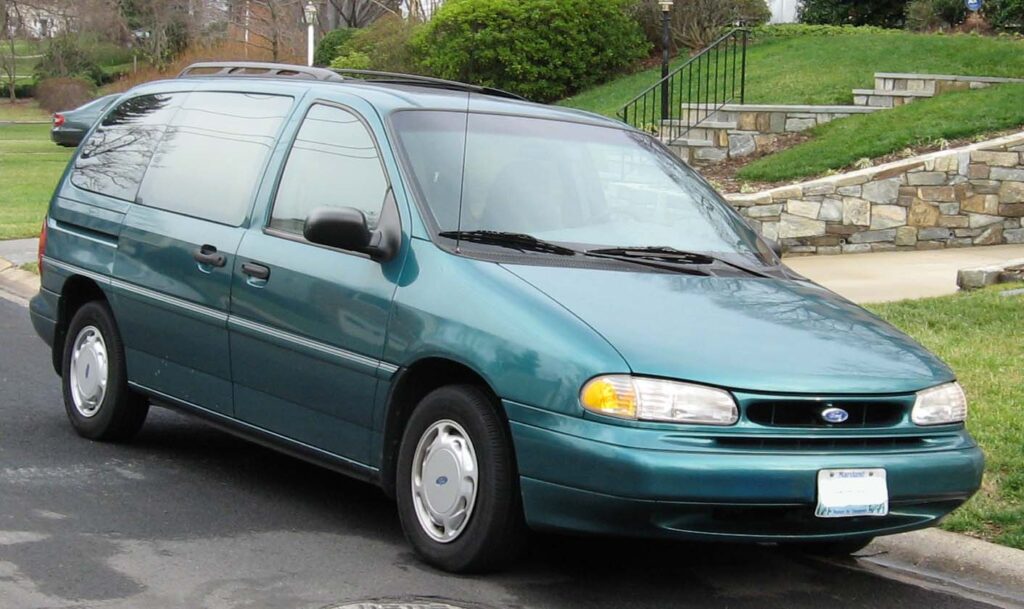
The Ford Windstar made waves when it launched in 1995 due to its strong focus on safety. As one of the first minivans to offer dual front airbags, it set new industry standards. The Windstar also featured a smooth independent rear suspension, providing a more comfortable ride than its competitors. Its spacious interior, combined with innovative safety features, appealed to safety-conscious families.
Volkswagen Eurovan (1992)

The Volkswagen Eurovan brought a European flair to the U.S. minivan market when it arrived in 1992. Its front-engine layout, paired with front-wheel drive, delivered improved handling and passenger comfort. Unlike most minivans, the Eurovan was available in a camper version, which became a hit with families who enjoyed outdoor adventures. Despite its boxy appearance, the interior was spacious and adaptable for different family needs.
Plymouth Voyager (1984)
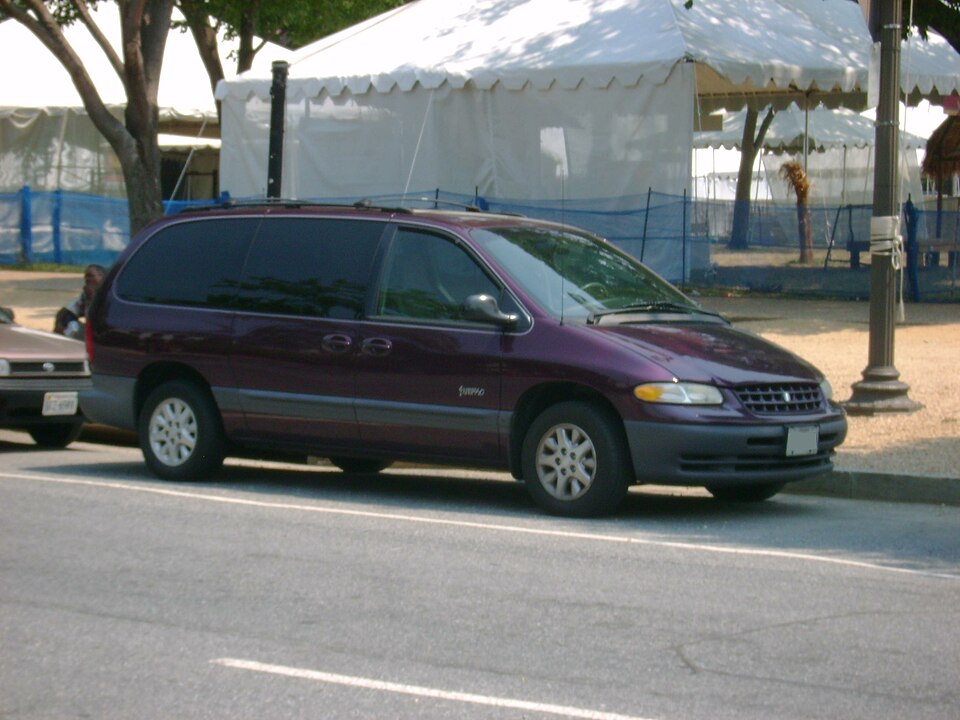
Launched alongside the Dodge Caravan, the Plymouth Voyager played a crucial role in the rise of the minivan. With its affordable price point and flexible interior, it appealed to budget-conscious families looking for practical transportation. The Voyager’s four-cylinder engine made it fuel-efficient compared to larger vans, adding to its appeal. Over the years, Plymouth continued to refine the Voyager, keeping it competitive in the growing minivan market.
Mazda MPV (1988)

Mazda’s MPV arrived in 1988 as one of the first minivans to offer an all-wheel-drive option. Unlike its competitors, the MPV’s compact size and agile handling made it ideal for city driving while still providing ample space for families. Rear-hinged back doors, later replaced with sliding doors, gave it a unique edge in terms of accessibility. The MPV also featured a reliable V6 engine, ensuring strong performance on the road. Its adaptability and reliable build earned it a loyal customer base.
Kia Sedona (2002)

The Kia Sedona brought a fresh, affordable option to the minivan market when it debuted in 2002. Despite its lower price, the Sedona offered premium features, including leather seating and a rear-seat entertainment system, making it a hit with budget-conscious families. Its V6 engine delivered solid performance, while its spacious interior provided comfort for long journeys. Kia’s impressive warranty and attention to safety helped the Sedona gain traction in a competitive market.
Chevrolet Astro (1985)

Introduced in 1985, the Chevrolet Astro was larger and more rugged than its competitors, built on a truck platform to handle heavier loads. Families appreciated its ability to tow, as well as its spacious cabin that could seat up to eight passengers. With rear-wheel drive and a stronger suspension, it was ideal for families needing a more robust vehicle for both work and play. The Astro’s unique blend of utility and passenger comfort made it stand out from more compact minivans.
Mercury Villager (1993)
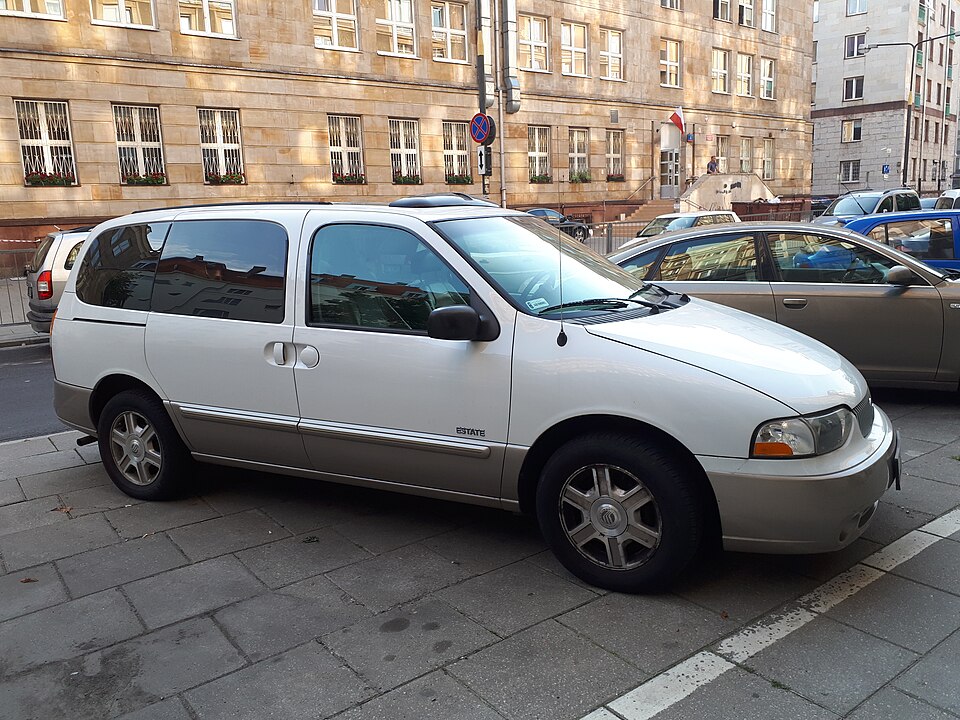
The Mercury Villager, launched in 1993, was an upscale alternative to many minivans, offering a luxury experience with its wood-grain trim and plush leather seating in higher trims. Jointly developed with Nissan, the Villager shared the Quest’s practicality but added a more premium feel. It featured the same flexible third-row seat, which folded flat for more cargo space, but with extra touches of elegance. This model attracted families looking for a balance of style and practicality.
Toyota Previa (1990)

The Toyota Previa stood out for its futuristic, egg-shaped design and mid-engine layout when it hit the market in 1990. It was one of the few minivans to offer all-wheel drive with a supercharged engine, giving it surprising power and stability. Its interior was incredibly spacious, and the Previa’s quirky design allowed for a more balanced weight distribution, improving its ride quality. Though its unique appearance wasn’t for everyone, the Previa remains an innovative and reliable model in the minivan world.
Oldsmobile Silhouette (1990)

Marketed as the “Cadillac of minivans,” the Oldsmobile Silhouette hit the market in 1990 with a sleek, futuristic design and luxury features. It introduced power sliding doors ahead of its time, making it more convenient for families on the go. Inside, it offered premium materials, including leather seating, and advanced technology like a premium sound system. The Silhouette catered to families who wanted both comfort and cutting-edge features, making it a top choice in the luxury minivan category.
Chrysler Pacifica (2017)
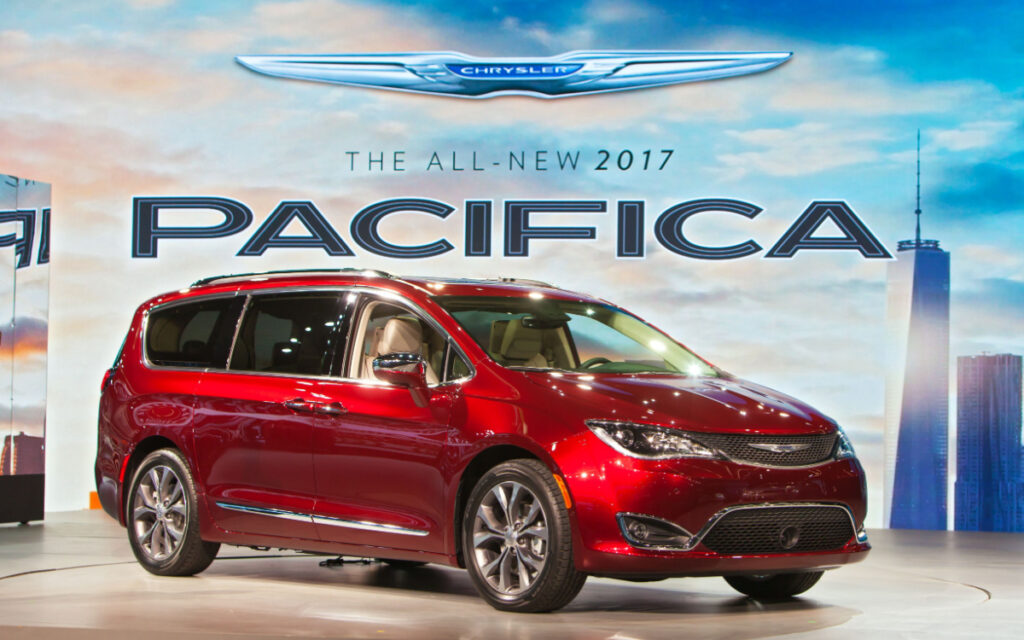
In 2017, Chrysler raised the bar for minivans with the Pacifica, introducing the first-ever plug-in hybrid minivan in the U.S. Not only did it offer impressive fuel efficiency, but it also featured a sleek, modern design that appealed to tech-savvy families. The Pacifica was loaded with family-friendly features, including a rear-seat entertainment system and Stow ‘n Go seating, making it incredibly versatile. The addition of an integrated vacuum system was a game-changer for parents.
Renault Espace (1984)
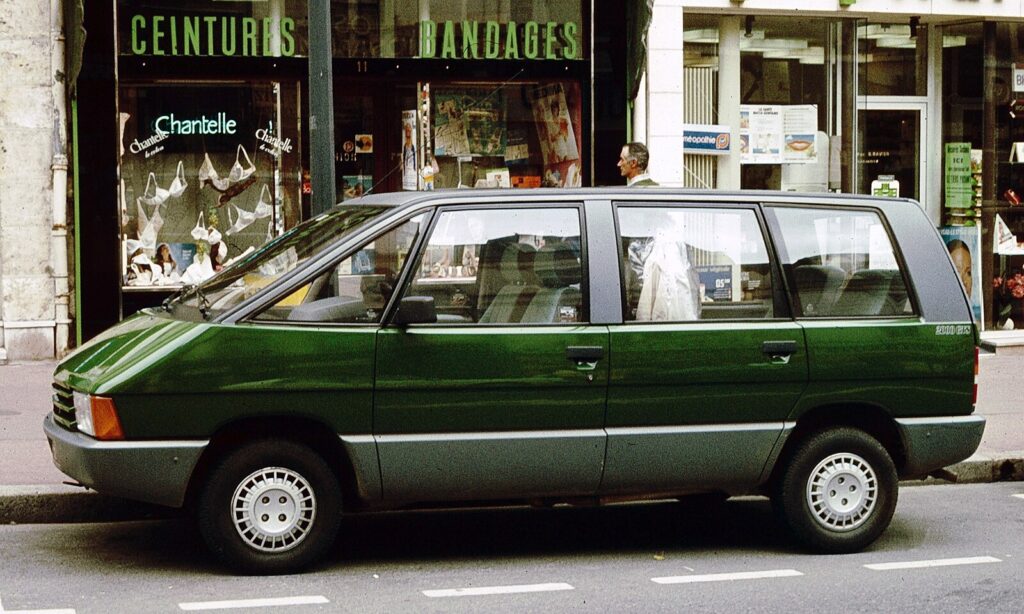
The Renault Espace, launched in 1984, is often credited as the world’s first multi-purpose vehicle (MPV) and a pioneer in family transport. Its fiberglass body and flexible seating options made it lightweight and highly adaptable, catering to a variety of family needs. Unlike other vehicles, the Espace featured modular seating that could be reconfigured to maximize space. Its unique design was a major hit in Europe, where it became synonymous with comfortable, versatile family travel.
Pontiac Trans Sport (1990)
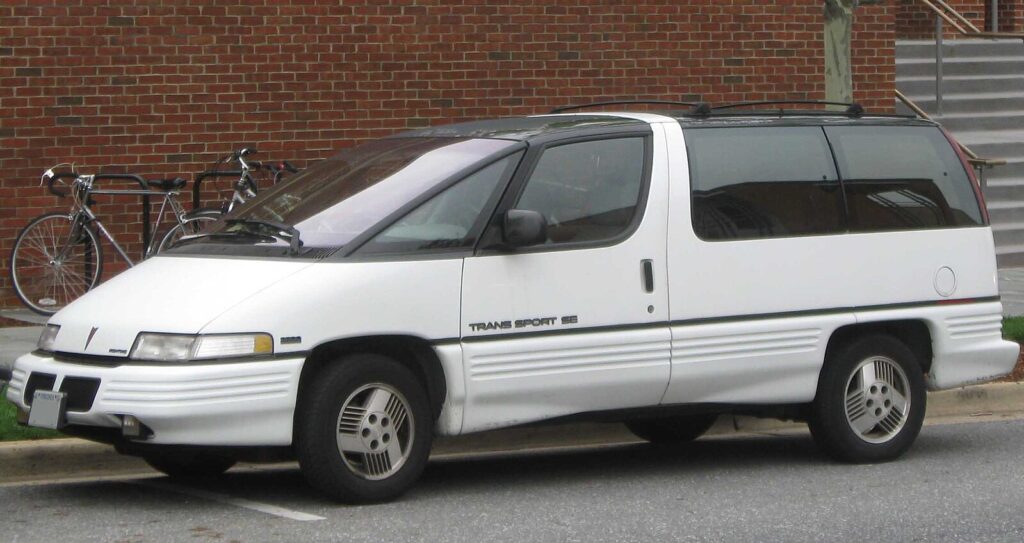
Pontiac’s Trans Sport, which debuted in 1990, was one of the boldest minivan designs of its time, featuring an aerodynamic body and futuristic interior. With a heads-up display and advanced power sliding doors, it offered technology ahead of its competitors. Inside, the seating was highly adaptable, making it easy to switch between family road trips and transporting large items. Although its space-age design wasn’t for everyone, it helped push the boundaries of what a family vehicle could look like.
Peugeot 806 (1994)
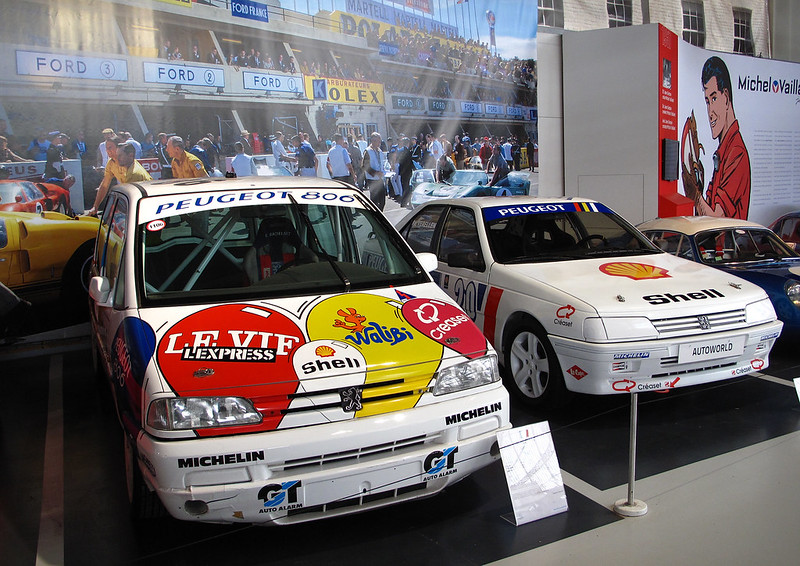
The Peugeot 806, launched in 1994, offered European families a practical yet stylish minivan option. With seating for up to eight passengers, it provided ample room for larger families, while its sliding side doors made access easy. The 806 also boasted a diesel engine, making it highly fuel-efficient for long road trips. Families appreciated its smooth ride and simple, intuitive design, which focused on functionality.
Fiat Multipla (1998)

The Fiat Multipla, with its unconventional wide-body design, broke the mold for minivans when it was launched in 1998. Its most notable feature was the six-seat layout, with three seats in both the front and rear rows, making it unique among its competitors. Though its exterior was polarizing, the Multipla’s interior flexibility and compact size made it an ideal urban family vehicle. Its quirky design became part of its charm, winning over those who valued function over form.
This article originally appeared in MyCarMakesNoise.
More from MyCarMakesNoise
25 Luxury Cars Pioneering Comfort and Driving Innovation
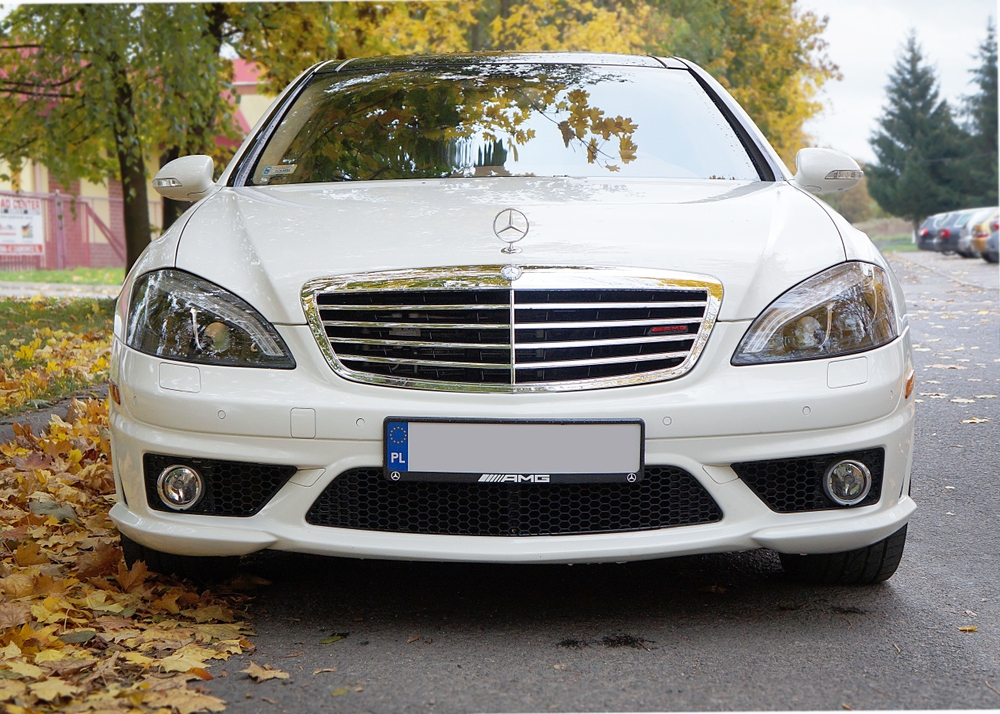
When it comes to luxury cars, comfort and innovation go hand in hand. These vehicles not only deliver smooth rides but also push the boundaries of what’s possible in driving technology. Read More.
20 Must-See Roadside Attractions for Your Next Adventure

Planning your next road trip? Don’t just focus on the destination—there’s a world of wonder waiting for you along the way. From quirky landmarks to breathtaking natural sights, these 20 must-see roadside attractions will add a dash of adventure to your journey. Read More.
15 Common Misconceptions About Electric Car Efficiency

Electric vehicles (EVs) are becoming increasingly popular as people look for more sustainable transportation options. However, there are still many misconceptions about their efficiency that can create confusion. Read More.

